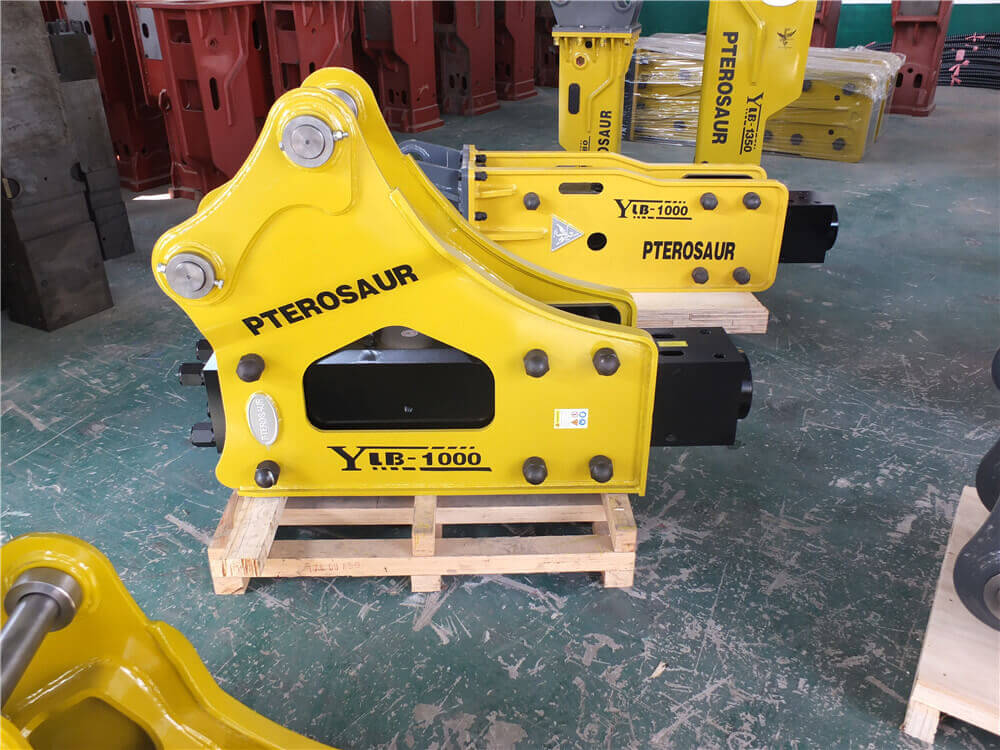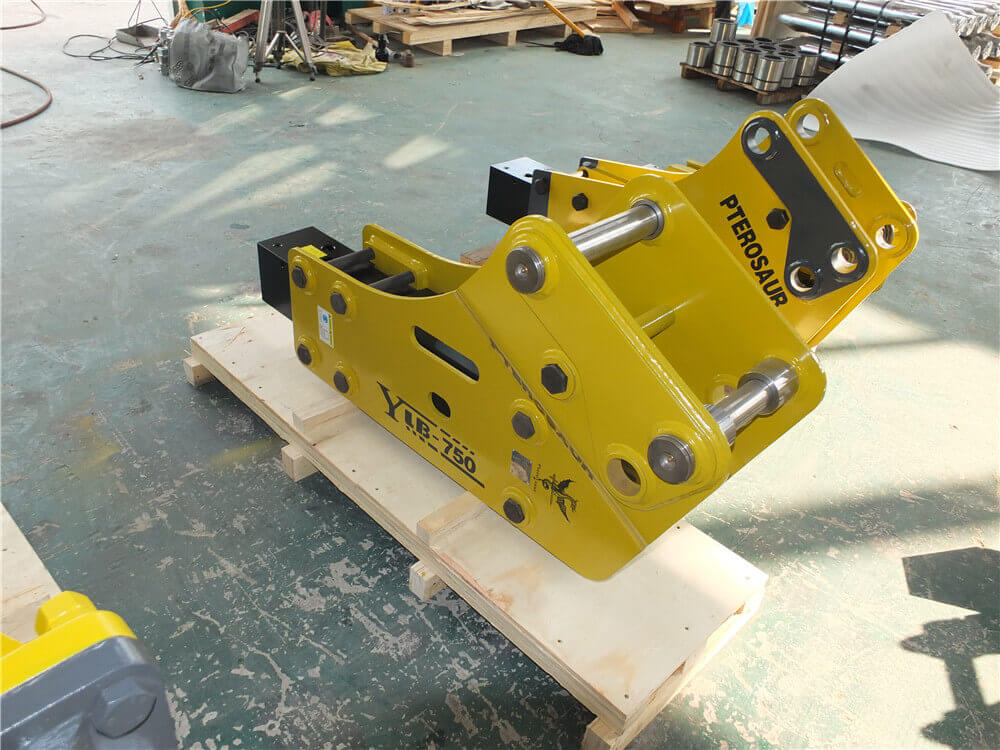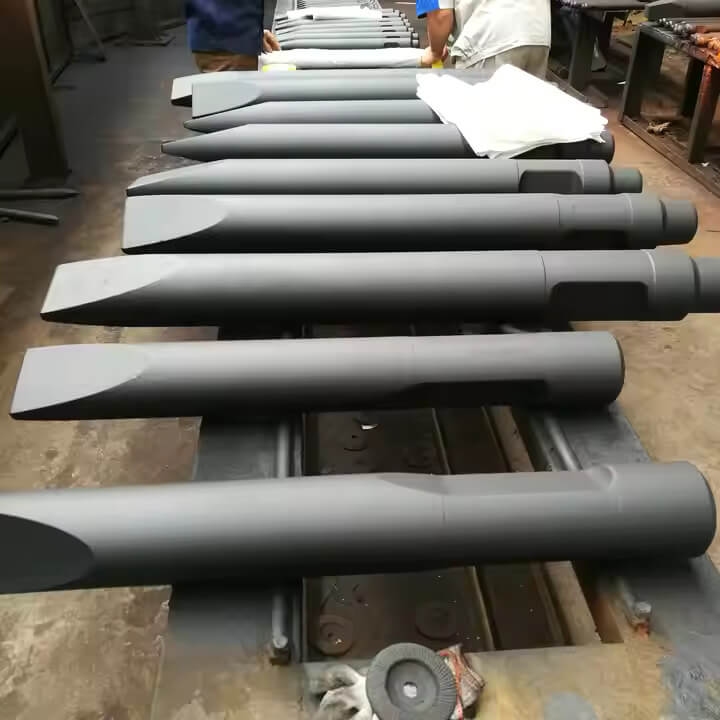
Hydraulic breakers have become essential tools in dock construction, addressing the unique challenges presented by marine environments. As global trade continues to expand, the need for efficient and durable dock facilities has increased, making hydraulic breakers vital for various construction activities. This article discusses the benefits of hydraulic breakers in dock construction and presents specific case studies showcasing their effectiveness.
Benefits of Hydraulic Breakers in Dock Construction
- Efficient Material Removal: Hydraulic breakers excel in breaking up hard materials, such as concrete and rock, which are commonly encountered during dock construction. Their ability to rapidly clear these materials streamlines the excavation process, reducing project timelines.
- Adaptability to Marine Conditions: Working in marine environments often poses unique challenges, including fluctuating tides and variable soil conditions. Hydraulic breakers can effectively operate in these conditions, making them ideal for both onshore and offshore dock projects.
- Precision in Confined Spaces: Dock construction frequently occurs in limited spaces where existing structures must be preserved. Hydraulic breakers provide operators with the precision necessary to remove targeted materials without damaging adjacent infrastructure.
- Minimal Environmental Impact: The use of hydraulic breakers results in less vibration and noise compared to traditional demolition methods. This is particularly important in sensitive marine environments, where preserving local ecosystems is a priority.
- Enhanced Safety Features: Many hydraulic breakers are equipped for remote operation, allowing operators to work from a safe distance. This feature enhances safety on construction sites, where workers are often in close proximity to heavy machinery and marine hazards.
Case Studies in Dock Construction
- Container Terminal Expansion: In a project to expand a busy container terminal, hydraulic breakers were utilized to remove old concrete foundations and clear the area for new dock facilities. The rapid excavation enabled the project to be completed ahead of schedule, accommodating increased cargo traffic.
- Bulk Cargo Berth Construction: During the construction of a new bulk cargo berth, hydraulic breakers were employed to break through hard coastal rock formations. Their efficiency in handling tough materials ensured that the berth was established on time, supporting the increased volume of shipments.
- Repair of Existing Docks: In an effort to refurbish aging dock facilities, hydraulic breakers were used to demolish damaged concrete surfaces and substructures. The precision of the breakers allowed for targeted repairs, minimizing the need for extensive reconstruction and preserving operational capabilities.
- Marine Terminal Upgrades: As part of a modernization initiative, hydraulic breakers were deployed to upgrade the concrete surfaces of existing marine terminals. Their ability to quickly and effectively remove old materials facilitated the installation of modern features, enhancing operational efficiency.
- Dredging Operations: In projects involving dredging for deeper berths, hydraulic breakers were utilized to break up hard substrate materials, allowing for more effective sediment removal. This application not only improved the dredging process but also helped ensure that the docks could accommodate larger vessels.
Conclusion
The application of hydraulic breakers in dock construction brings significant advantages, including enhanced efficiency, precision, and safety. Their ability to adapt to challenging marine environments and minimize environmental impact makes them invaluable in the development and maintenance of dock facilities. As global trade continues to grow, the role of hydraulic breakers in dock construction will likely expand, providing innovative solutions that meet the demands of modern maritime infrastructure. By integrating hydraulic breakers into dock construction projects, teams can ensure timely completion and improved functionality, ultimately supporting the needs of the shipping industry.




